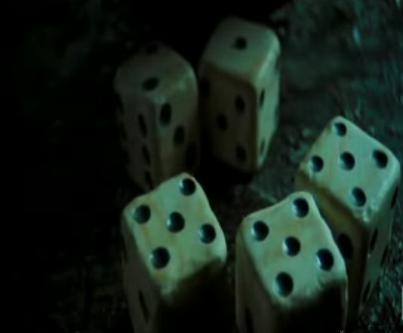Ontario
Farming Sort Jason MacKenzie 100428687
For this eighth and final homework assignment I once again
teamed up with Jordon Mattison, Alex Golenshchev and Sidd Panchal. Our goal was
to create a game that would help teach the players which fruits and vegetables
are in season in each different season. To do this, we decided on a simple card
sorting game. The ultimate goal of our game is to be the first player to have
your section of the deck sorted with the fruits and vegetables that are in
season together.
Players start the game by simply splitting the deck evenly among the players. The answer key (kept face down between the players) is used at the end of the round to determine which players sorted their cards correctly. Players are to sort their cards into the four different categories:
Players start the game by simply splitting the deck evenly among the players. The answer key (kept face down between the players) is used at the end of the round to determine which players sorted their cards correctly. Players are to sort their cards into the four different categories:
- Ontario Summer Fruits
- Ontario Summer Vegetables
- Ontario Winter Fruits
- Ontario Winter Vegetables
 |
| Ontario Summer Fruits and Vegetables |
 |
| Ontario Winter Fruits and Vegetables |
Once the sorting has been completed the players use the answer key to record how many cards they have sorted correctly. Players can also gain bonus points for the following achievements:
- Being the first to sort your pile of cards (+2 points)
- Correctly sorting the most cards (+2 points)
The player that scored the highest wins that round, best of
5 rounds wins the game.
The only issue I can find with the game is the fact that it
can only be played so many times. Because it is a game meant to teach the
players what fruits and vegetables are available in each season, it would not
take long before the players learn the proper sorting for each card. This would
mean that the only way to win would be to sort the cards faster than the rest
of the opponents. This severely limits the amount of times this game can be played.
This could be fixed with the addition of more and more fruits and vegetables
(that may not necessarily be from Ontario). With more fruits and vegetables the game play and amount of times it is playable could be extended. Players wouldn't be able to memorize 100 different fruits and vegetables from all over the world
so they would have to guess.
Hopefully our game achieves its goal in teaching the players
when Ontario fruits and vegetables are in season. If they didn't begin to
memorize the proper sorting then the game wouldn't be teaching them very well.





























